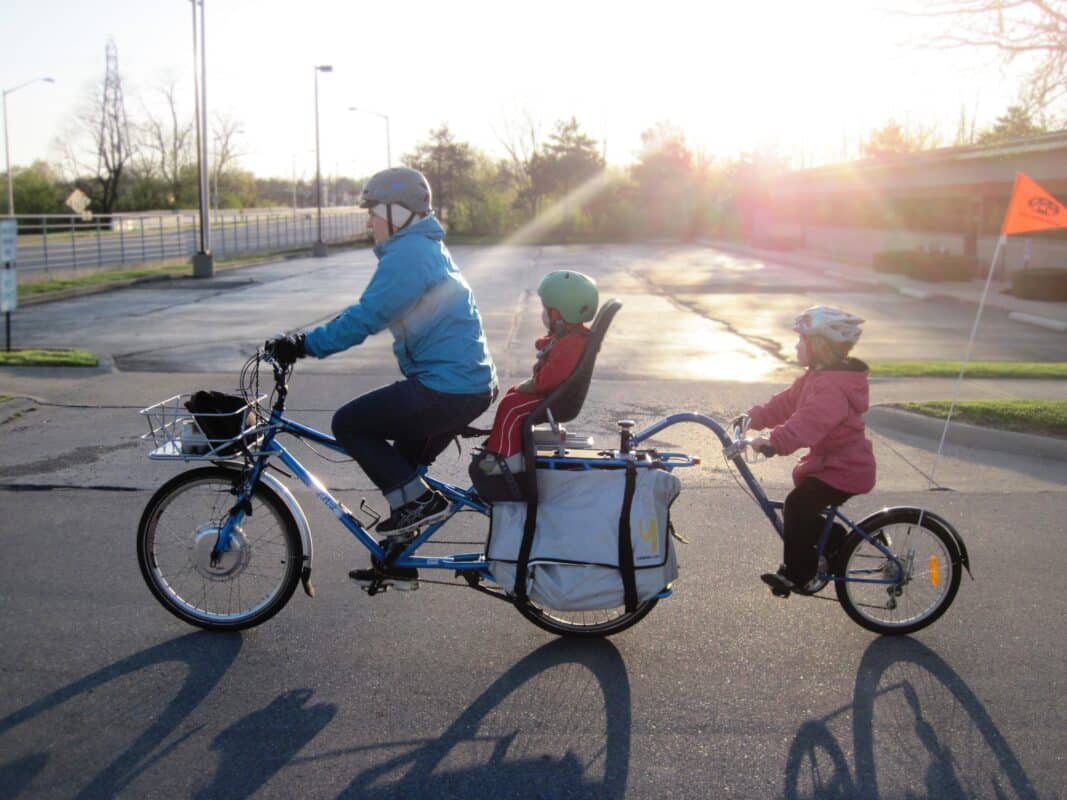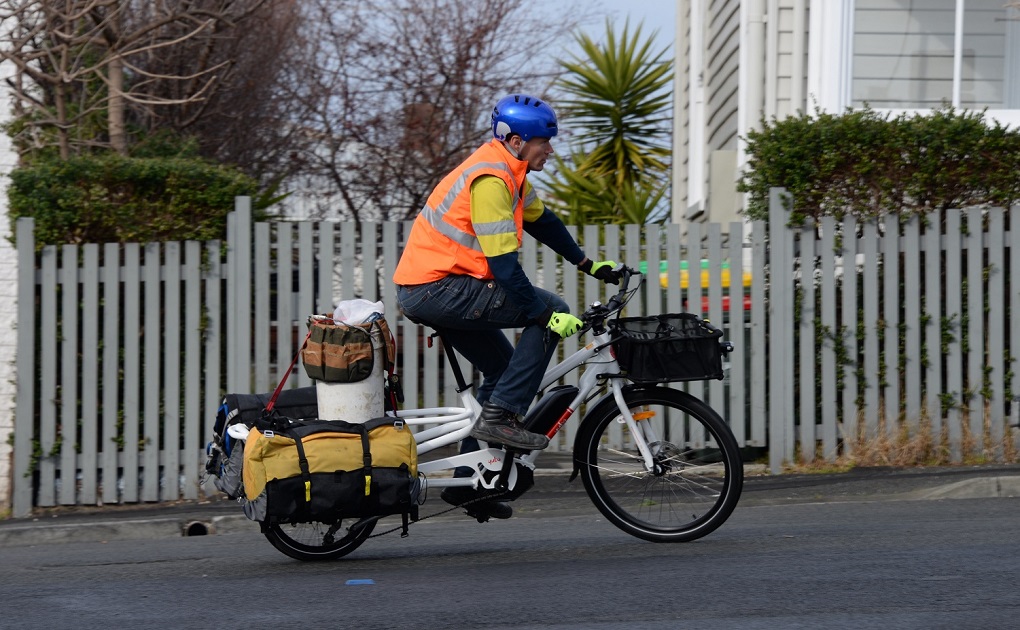The Tasmanian government has released a draft plan to reduce the state’s transport emissions and an increase in active and public transport is one of its priorities.
The Emissions Reduction and Resilience Plan – Transport is the first of six sector-based plans and lists five priority areas for action:
- increasing the use of public and active transport in Tasmania
- increasing the number of low-emissions cars and other light vehicles on Tasmanian roads
- increasing the number of low-emissions heavy vehicles on Tasmanian roads
- supporting the transport sector to transition to low emissions and build resilience
- supporting action through partnerships with governments, industry and other stakeholders.
The draft plan does not include targets for these priorities areas or the transport sector in general.
Road transport accounts for 90% of Tasmania’s transport emissions and these emissions have risen by 9% since 1990, despite fuel efficiency improving over the same period.
The draft plan doesn’t include a target for where the government wants to see this emission level in future. It does not outline a preference between keeping it at current levels or reducing it and, if reduction is preferred, by how much and how quickly?
The Climate Change Act has a target of net zero emissions or lower from 2030, which Tasmania is already meeting because of renewable energy and large areas of forest, but a season of bad bushfires could change that.
Funding is not allocated to the plan, which means the government will not use it to guide future budgets. Having targets for priority areas would help the government to allocate funding to activities that are working to bring down emissions.

The recently released Keeping Hobart Moving Plan is cited as an example of what the government is doing to encourage low or no emissions transport modes, but like the draft plan, much of it is unfunded.
Active transport recommendations
The draft plan acknowledges the crucial role that riding, walking and scooting can play to quickly bring down personal vehicle emissions:
“Making the switch to public and active transport is more available to a larger number of Tasmanians than purchasing an EV. Public and active transport have many other benefits, including reduced traffic congestion, reduced air pollution, improved health and wellbeing, and reduced costs associated with maintaining and fuelling a car,” the plan says.
“Tasmania is also a mountainous island, which we know can be a barrier when considering active transport. E-bikes and e-scooters are a key opportunity that can help make active transport more accessible to a greater number of Tasmanians.”
Government actions outside of grant programs to help local councils build safer cycling infrastructure include funding Bicycle Network’s Back on your Bike and Ride2School programs, the soon-to-be-released e-bike grants, and changes to the planning scheme to prioritise active transport.
Future opportunities for the government to invest in active transport include:
- programs to educate drivers about safely integrating increased active transport on our roads and to educate users of e-scooters and e-bikes about charging safety.
- support for Tasmanians to access alternative modes of active transport (for example, through e-bike libraries, long-term e-bike rentals, and supporting businesses to switch to cargo e-bikes for local deliveries).
- Continuing to work with partners, including local government, to better integrate public and active transport into our networks (for example cycleways, improved pedestrian infrastructure, e-bike and e-scooter charging, and park and ride facilities).

Call for comment
The government is encouraging feedback on the transport emissions reduction plan before 29 November. To guide people’s submissions, four questions have been put forward:
- How can we build on the work already underway to reduce emissions and build resilience in the transport sector?
- What future opportunities do you think will have the most impact?
- Are there any priorities or future opportunities missing from this draft plan?
- Are there other ways we can collaborate to reduce emissions and build resilience in the transport sector?
The questions are posed in the online survey or people can write their own submissions and email them to: climatechange@recfit.tas.gov.au.
Main image: Photo by Jacek Dylag on Unsplash


